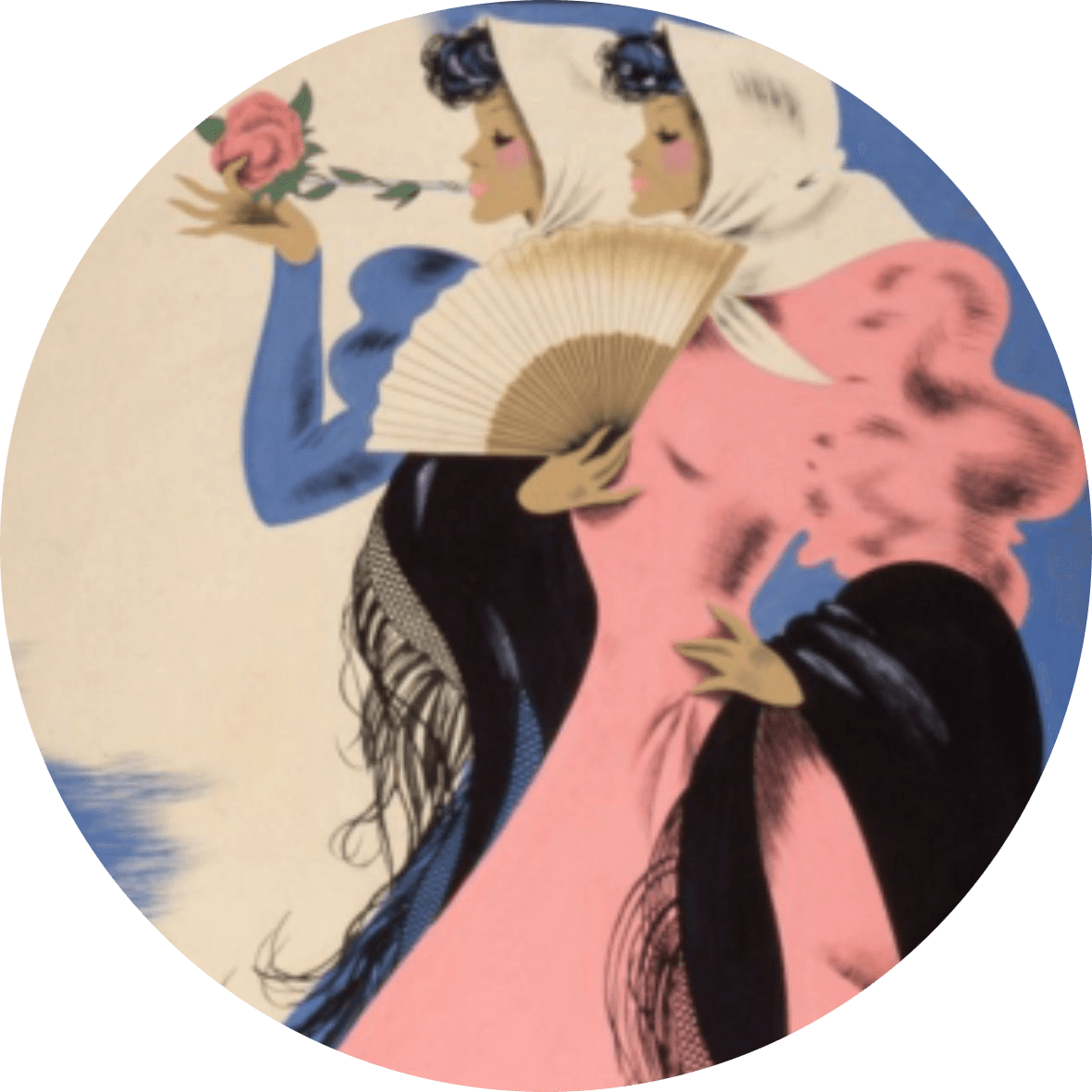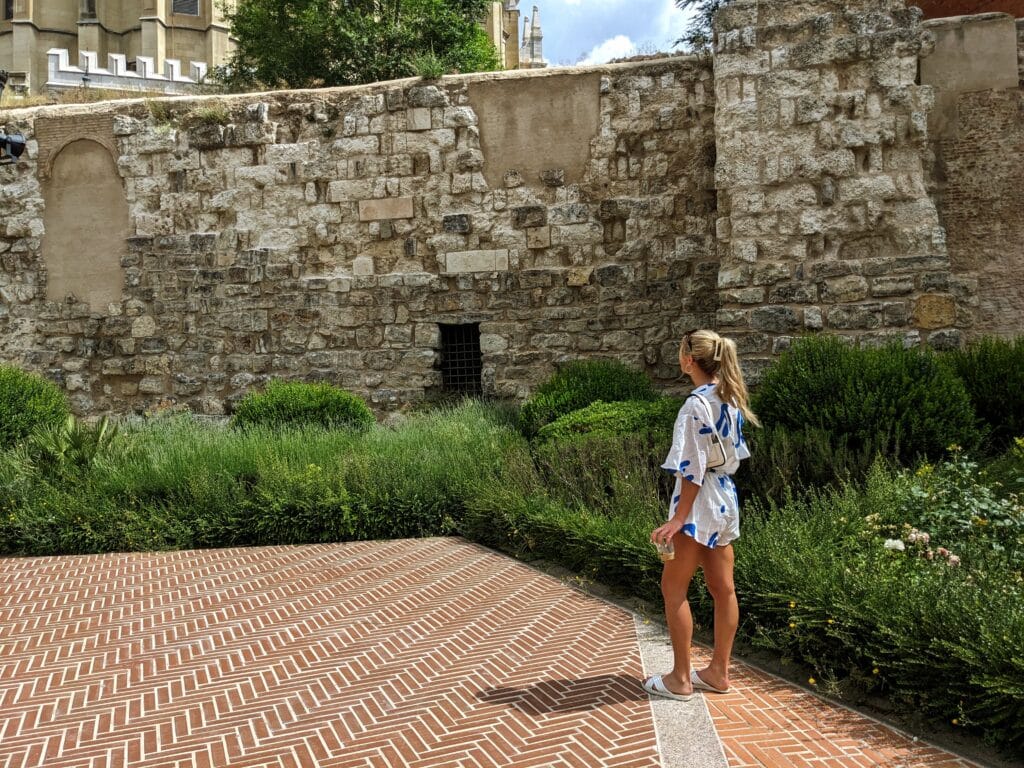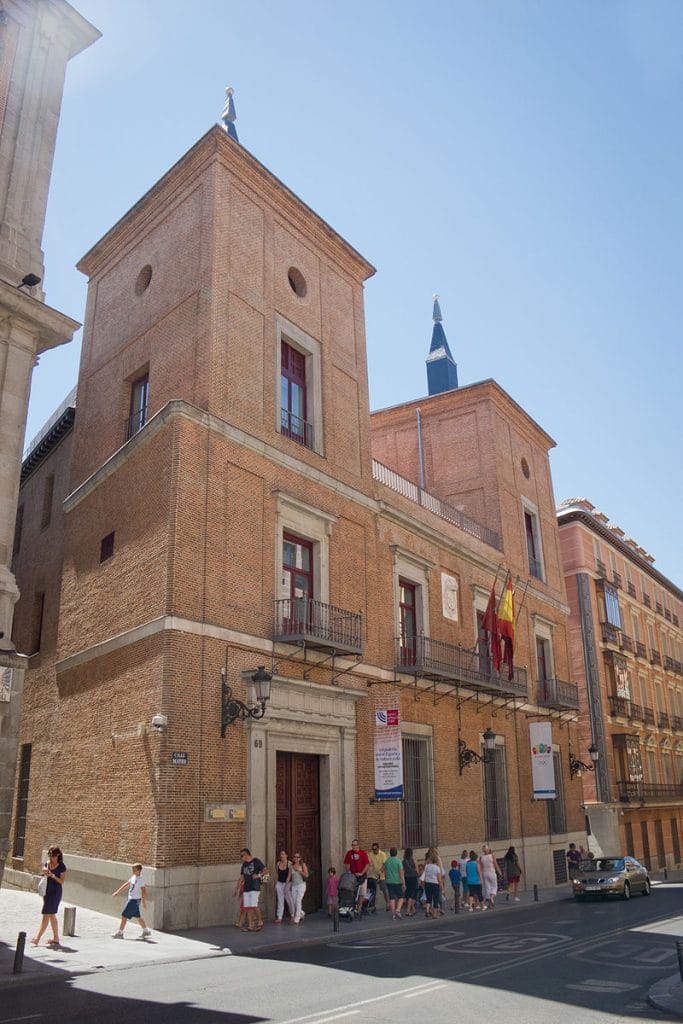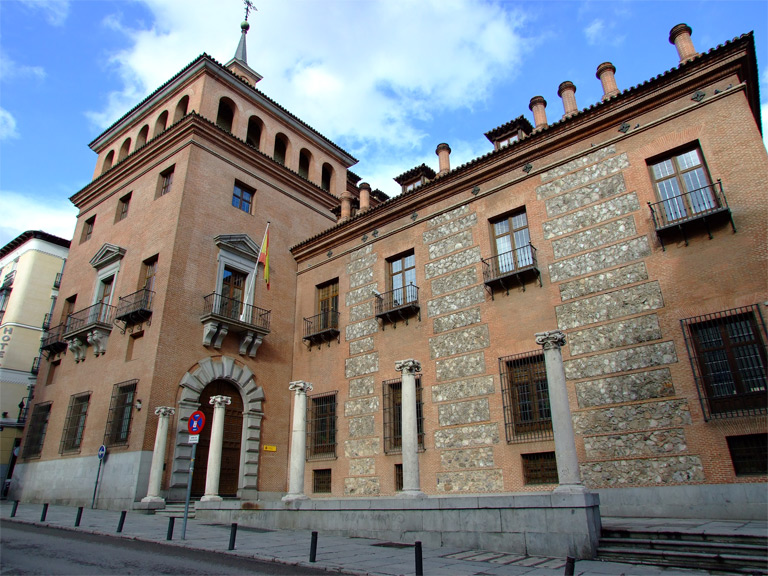What is a gato?
Gato means cat in Spanish but in Madrid, it also refers to someone who can count their ancestry back two generations within the city. This means that both their parents and grandparents were born and raised here. While there’s a little bit of debate on whether this should be on both sides of the family, you get the idea: a gato or gata when referring to a woman, is a true Madrileño: a person with deep roots embedded in Madrid.
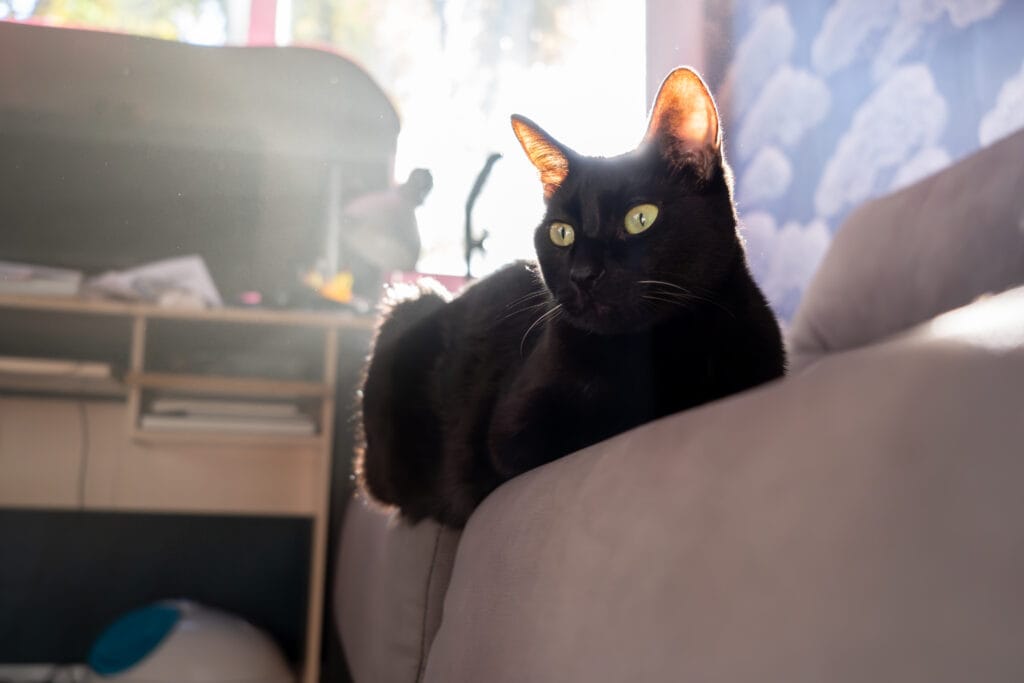
What’s the story?
From the 9th century onwards, Madrid was a citadel, part of a line of watchtowers that protected the Muslim city of Toledo from Christian invaders to the north. However, by the 11th century, the kingdom of Al Andaluz had broken up into warring taifas leaving the way clear for Alfonso VI of León to come charging down and take the city on his way to take the grand prize of Toledo in 1085.
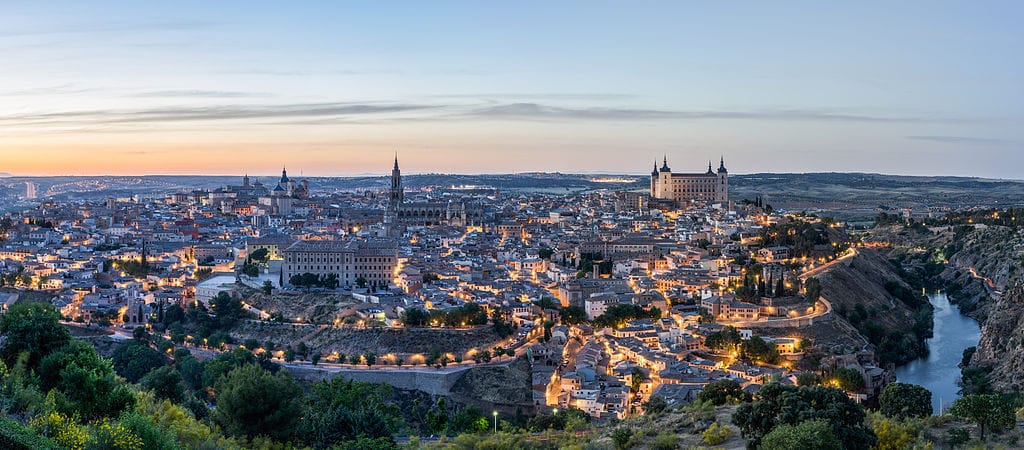
Walls of fire
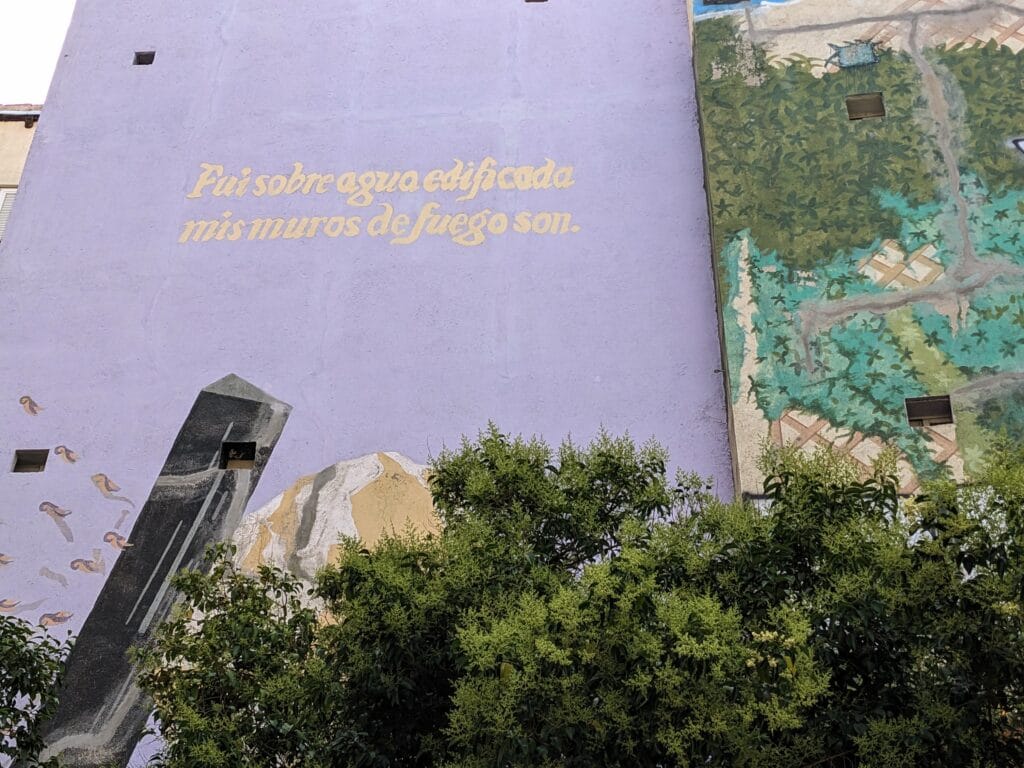
Madrid’s walls were well constructed out of flint with a filler of lime and were extremely difficult to penetrate. The town’s motto, coined shortly after the invasion states “I was built on water, my walls are made of fire.” The first part refers to the abundant underground springs lying beneath the soil and the second to the wall, which when under attack appeared to be on fire: arrows raining down on the flint produced sparks!
Impossible to scale
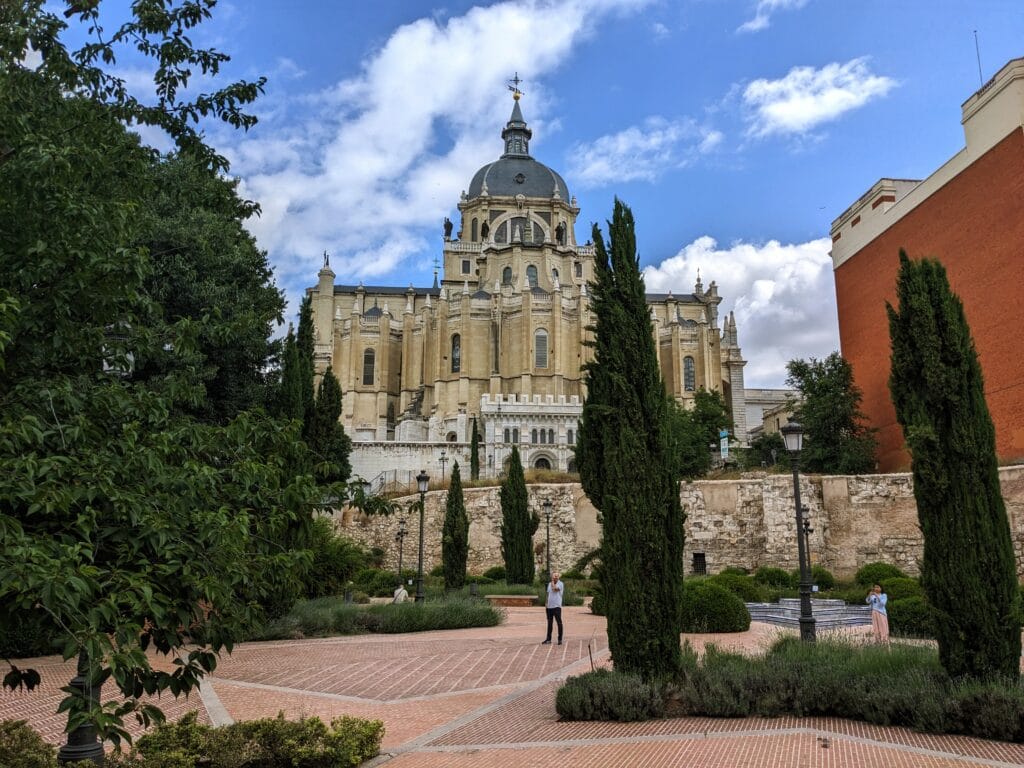
You can visit a section of the original citadel wall for yourself in Parque del Emir Mohamed I, which is named after the man who founded Madrid back in the 9th century. Looking up from the gardens you can see that it would have been really difficult for an army to break through the fortifications (many thanks, by the way, to the nice lady in the main photo who posed in front of the wall to give an idea of scale). Eleven metres high or more, the story goes that Alfonso’s army nonetheless managed to scale the wall. They were so nimble, it’s said they looked like cats and, ever since, true Madrileños have been called gatos.
Rare breed?
I have only met three gatos during my entire time in Madrid. This is pretty insane if you consider that I’ve been living in the city for more than ten years. In fact, this was a major inconvenience to me recently as I needed to interview a gato for Lonely Planet’s new Madrid guide. This got me thinking… Why are there so few people who can trace their ancestry back two generations in the city?
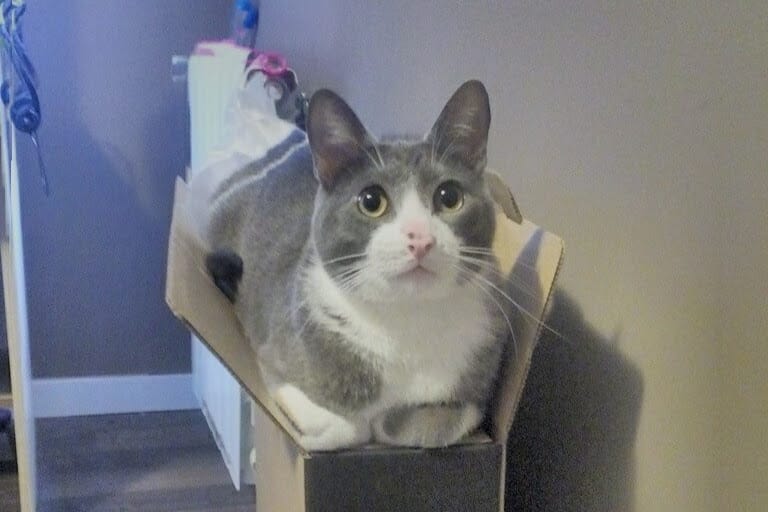
One obvious factor is the Civil War. While I was out hunting genuine gatos, I heard that the grandad of a friend of a friend had been forced to leave Spain for Morocco after the Civil War. Like many Madrileños, he’d fought on the losing Republican side and had had to leave the country or stay and face the awful consequences. Madrid was staunchly against Franco’s rebellion and the siege of the city lasted more than two years, so you can imagine it emptied out of quite a few residents when Franco finally broke through.
Pact of silence
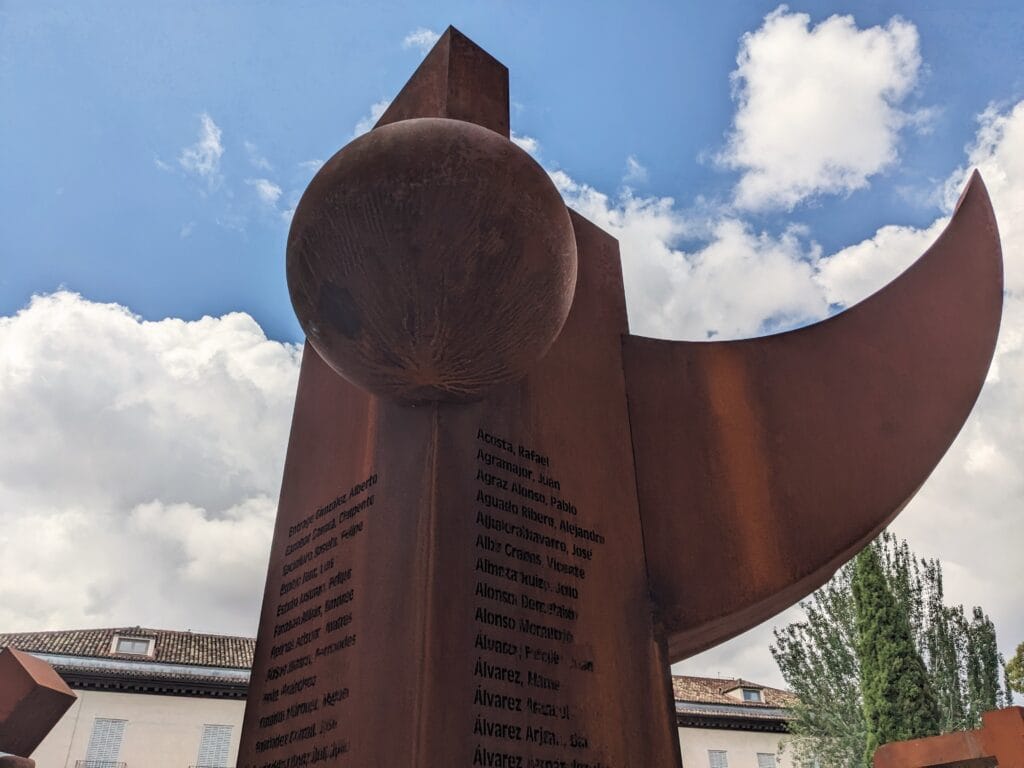
While Morocco was a popular destination, others went north to France. When Hitler invaded during WWII, he shipped those who’d landed in France off to camps like Mauthausen. In central Madrid, there’s now a monument in memory of those who were sent to such hard labour camps. Installed in 2023 in Plaza del Rollo this is a rare reminder of those who fought on the losing side of the battle for Madrid. The reason for this lack of visibility is that after the death of Franco there was a pact of silence about the war that is only recently being broken.
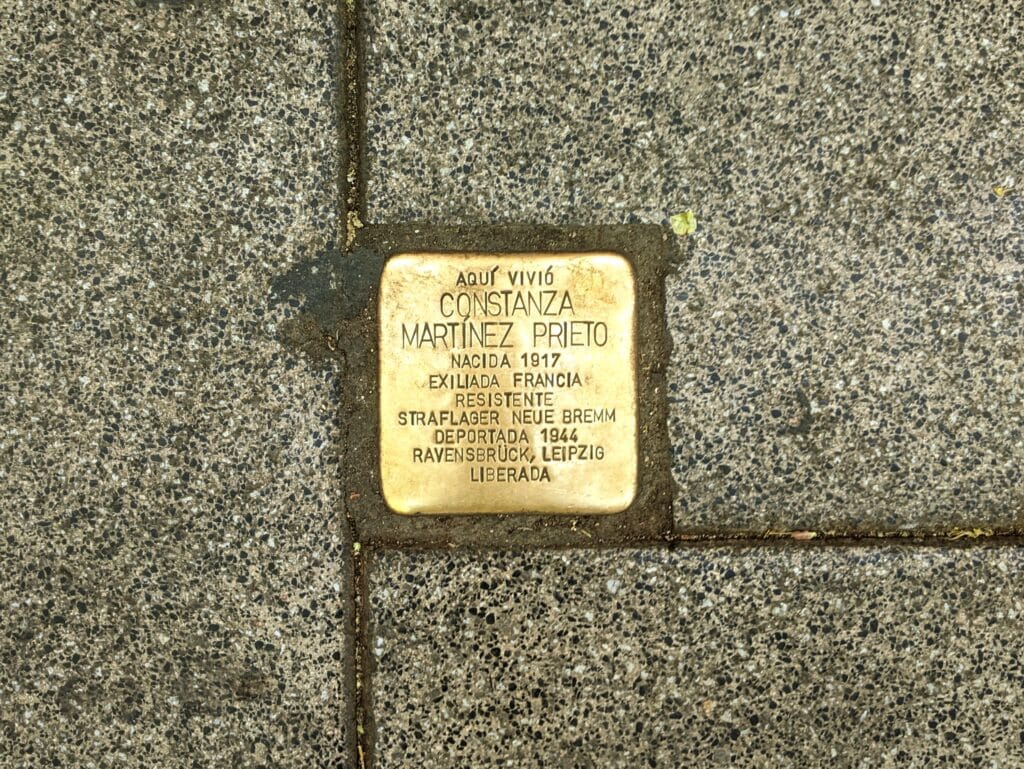
Population growth
After the Civil War, Madrid doubled in size as people flooded in from the countryside in search of work. Census records indicate that the population in 1940 was around 1.3 million people. By 1970 that number had swollen to 3.1 million. The newcomers mostly settled in shanty towns in what was then the outskirts until proper housing was built. When you meet a young Madrileño, it’s more than likely their grandparents arrived from the countryside during this period.
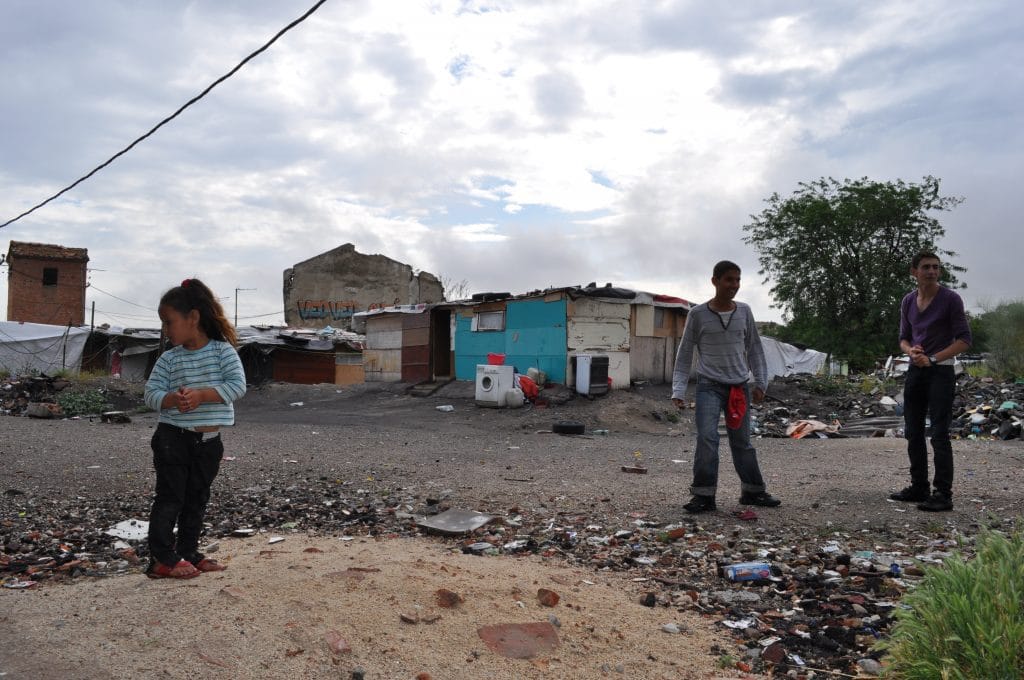
Anyone can be a Madrileño
With gatos so thin on the ground, it’s understandable that these days, anyone can be considered a Madrileño and my favourite thing about the city is its inclusivity. As long as you’ve lived here for a year or so, no matter where you’re from, be it Malaga or Mumbai, you can easily fit right in. For me, there’s nothing more truly Madrileño than extending a warm welcome to all comers. And in case you’re wondering about the cats in the post, these are my kitties, Jiji and Beemo, both true Madrileños and the gatos closest to my heart!
If you want to know more about Madrid, I can show you around and fill you in. An adoptive Madrileña and Lonely Planet author, I know the city inside and out and love to share my knowledge with newcomers. Get in touch to discuss tour prices.
